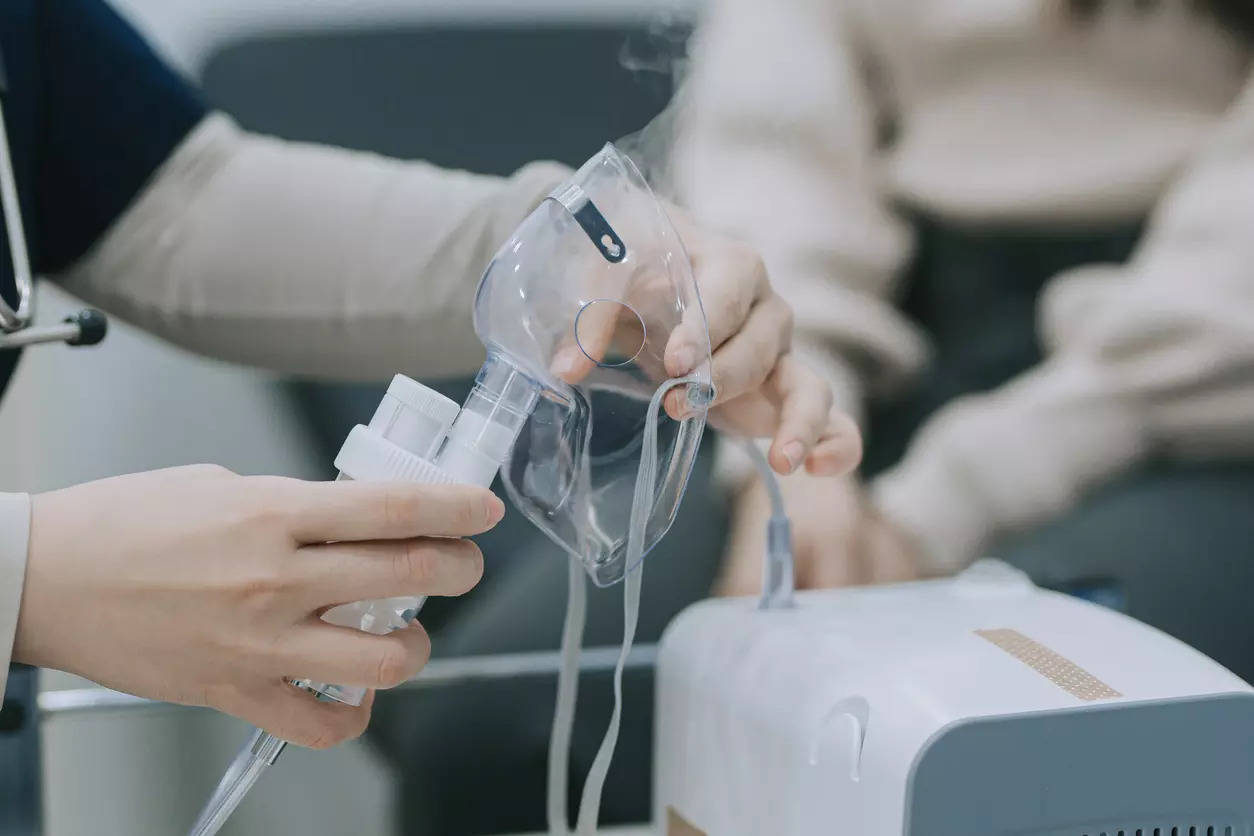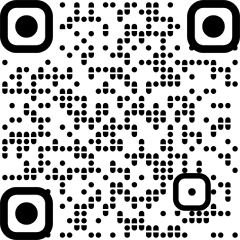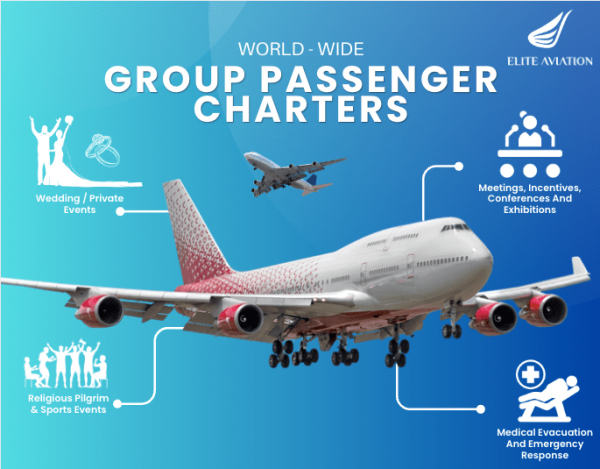[ad_1]

New Delhi: Five billion people or nearly two-third of the world’s population lack access to medical oxygen, with highest inequities in low- and middle-income countries, estimated a new Lancet Commission report. The report by the Lancet Global Health Commission on Medical Oxygen Security is the world’s first estimate of how unequally medical oxygen is distributed, gaps in coverage of patients in need, along with costs required to bridge these gaps.
Medical oxygen is essential in a healthcare system for treating patients, including those of surgery, asthma, trauma and maternal and child care.
It is also critical to a country’s pandemic preparedness by helping prevent a repeat of the COVID-19 oxygen shortages and the mass fatalities that resulted, said an international team of researchers, including those from the University of Melbourne, Australia.
In this study, the researchers said that 82 per cent of patients worldwide requiring medical oxygen live in low- and middle-income countries (LMICs), and nearly 70 per cent concentrated in south and east Asia, the Pacific and sub-Saharan Africa.
The patients include those with acute medical and surgical conditions, and long-term oxygen needs due to chronic obstructive pulmonary disease (COPD).
However, less than one in three people needing oxygen for medical or surgical conditions receive the life-saving gas due to gaps in service contact, readiness, provision and quality, leaving almost 70 per cent of the patients without coverage.
The gaps are even higher in regions, including Sub-Saharan Africa (91 per cent) and South Asia (78 per cent), the authors said.
In a case study accompanying the report, the authors described the scenario of medical oxygen in India, especially as observed during the COVID-19 pandemic.
“The pandemic had a catastrophic effect not just because of the rates of contagion and the virulence of the disease but also because of the drastic scarcity in life-saving resources such as medical oxygen,” the team from One Health Trust, India, wrote.
They added that with hospitals largely replying on third-party vendors for meeting their oxygen demand pre-COVID-19, the surge in demand during the pandemic led to black-marketing and hoarding.
Desperate requests for medical oxygen were also raised on social media and in exceptional cases, the court intervened by issuing orders against supplying agencies and the government for replenishing oxygen supplies, the authors said.
The commission report also suggested recommendations for how governments, industry, global health agencies, academic institutions and civil society can work together to strengthen health systems in providing access to medical oxygen.
The authors added that medical oxygen is a highly cost-effective investment to advance global public health that will accelerate the world’s progress towards meeting the Sustainable Development Goals for health by 2030, but also help countries prepare for the next pandemic.
[ad_2]
Source link




